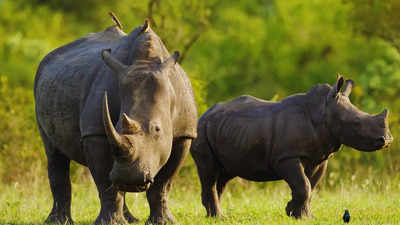Inspiring conservation success stories from around the world—India’s three will win your heart |
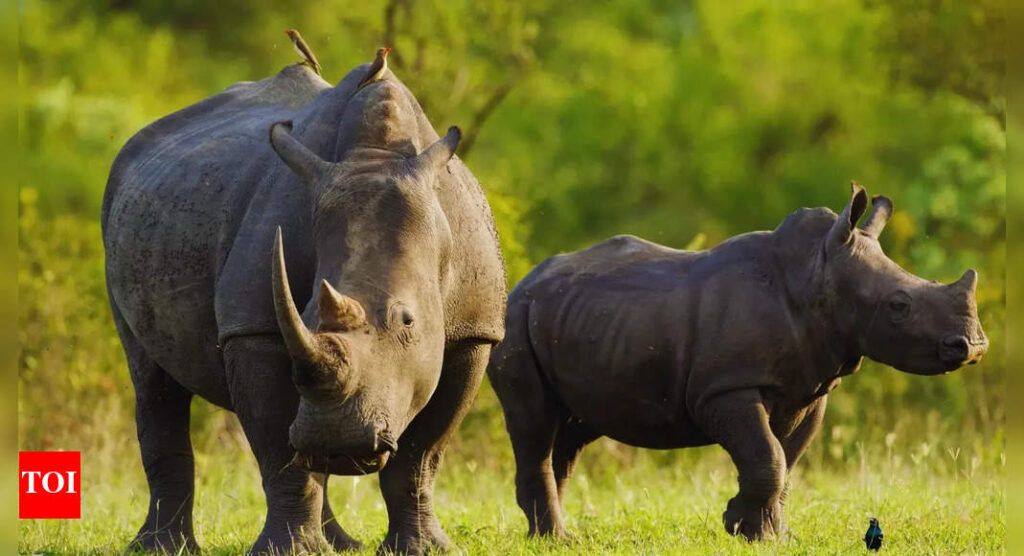
Imagine a world where the skies go silent, forests fall empty, and the wild whispers its last goodbye. It almost happened—vultures vanished from India’s horizons, lions teetered on oblivion, and rare creatures like the saola flickered into myth. But here’s the kicker: people fought back—to not let nature fade away. We are talking about the nature/wildlife conservation success stories from around the world that are not just incredibly inspiring, but they have, in a way, saved the planet from a decline we can’t even imagine. Let’s just say that, to see some of the most critically endangered species make the grandest of comebacks, is most inspiring.
It’s true that human beings sometimes do things that put nature through the wringer—poaching, habitat loss, climate chaos. But some always manage to pull off a miracle—saving the planet’s most vulnerable beings. Here are some of the most awe-inspiring conservation success stories we all need to know. There’s a lot to learn from them.
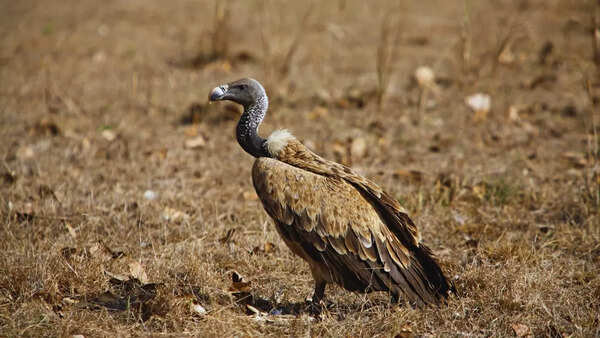
Vulture Conservation in India
Picture this: in the 1990s, India’s skies were emptying out. Vultures—those gnarly, misunderstood cleanup crew of the ecosystem—were dropping dead by the millions. The culprit? Diclofenac, a cheap vet drug that poisoned them through cattle carcasses. By mid 90s, white-rumped, long-billed, and slender-billed vultures had begun to crash. Disease spiked, feral dogs took over, and the Parsi community’s sky burials faltered. Calling it a ‘mess’ would be an understatement, is all one can say.
Then came the turnaround. In 2001, the Bombay Natural History Society (BNHS) and Haryana Forest Department kicked off India’s first vulture rescue at Pinjore, soon upgraded to the Jatayu Conservation Breeding Centre. Times Travel reached out to that one person who saw it all, everything from the identification of the crisis till now, a time where India is starting to see slow but gradual revival of the vulture population—Dr. Vibhu Prakash. Also lovingly known as the Vulture Whisperer, Dr. Vibhu Prakash (from BNHS) was instrumental in designing a conservation project that was tremendous. By the time this project took off, a shocking 99% of the vulture population had been wiped out. Due to this project Diclofenac got banned after tireless lobbying, and safe zones popped up—drug-free pockets where vultures could feast without dropping dead.
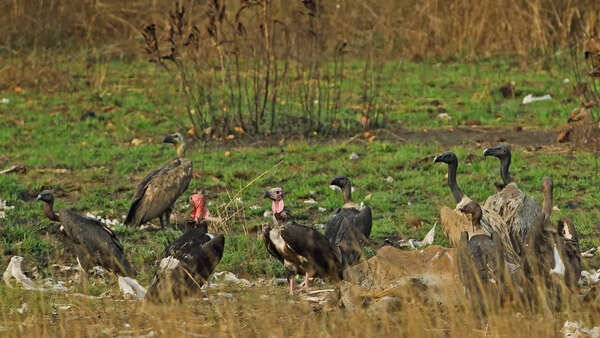
Times Travel:How has the vulture population in India changed since the first time conservation project began?
Dr. Vibhu Prakash: By 2007, BNHS found out that we had lost 99% of the vulture population. Because of the conservation efforts, by 2012, the vulture population had stopped declining, and it even started to increase a bit. We need to understand that vultures are slow breeders and they live long, it takes a long time for their population to double. If everything works out for these birds, we will see their population increase a little bit. Before the big crash, India had approximately 4 crores resident vultures. Today, we have approximately 30,000 of these birds. That explains the 99% of the vulture population crash.
Times Travel:It is a fact that we don’t talk a lot about vulture conservation, unlike Project Tiger. Is the government concerned about the vultures?
Dr. Vibhu Prakash: It’s true that we don’t talk about these birds as much as we do about charismatic species like the Bengal tiger. But since their population crashed, the government has shown a lot of interest in this. In fact, in 2020, the government released a Vulture Conservation Plan. The result—Diclofenac was banned promptly.
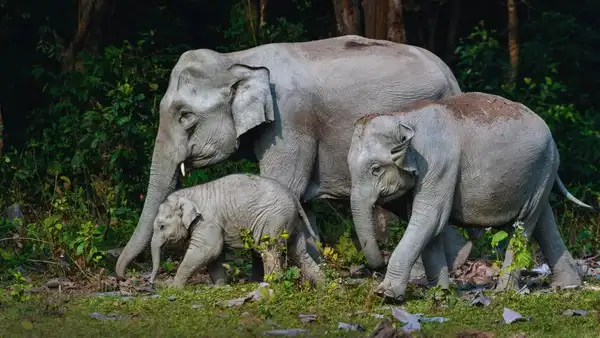
Asian Elephants in India
Elephants don’t forget, and neither should we—India’s gentle giants were losing ground fast. Roads, railways, and farms sliced up their forests, leaving herds stranded and humans grumpy over trampled crops. Enter Vivek Menon, the co-founder of Wildlife Trust of India (WTI). Since the early 2000s, under the tireless efforts and able guidance of Vivek Menon, 101 elephant corridors were mapped and secured—these corridors acted like green highways linking fragmented habitats. Numbers are climbing—over 40,000 Asian elephants roam India today, up from a shaky low decades ago.
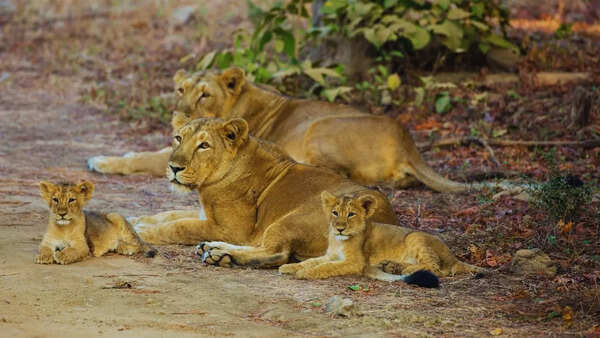
Asiatic lion conservation in India
Once scattered across Asia, Asiatic lions were down to a measly 20 in the early 1900s. Back then, they were holed up in Gujarat’s Gir Forest. Well, their population is still ‘holed up’ in Gir, but the difference is in the numbers. Now we are at high 600s. Gujarat’s forest department, with help from WTI, turned Gir into a lion paradise.
So what happened? Community happened. Villagers started to guard lions like family, and were paid to keep watch and shoo them away from cattle. Plus, Gir’s no longer their only home; lions are spilling into nearby scrublands, proving they’re adaptable. We all know about the Kuno relocation debate, but while it still goes on, Gujarat’s lions are a roaring testament to stubborn hope.
Saola in Vietnam
Dubbed the “Asian unicorn,” the saola—a shy, antelope-like critter—was only discovered in 1992 in Vietnam’s Annamite Mountains. By 2010, it was teetering on extinction, with maybe 100 left. Conservationists didn’t mess around—WWF and locals set up snare removal teams, yanking out 130,000 traps by 2020. Camera traps caught a saola in 2023, the first solid sighting in years. It’s not a flood of them yet, but that glimpse? It’s a quiet, fragile win that keeps the fight alive. And some believe that there are Saolas present in the unique forest inside the world’s largest cave—Hang Son Doong. True or false, we don’t know, but we can still hope.
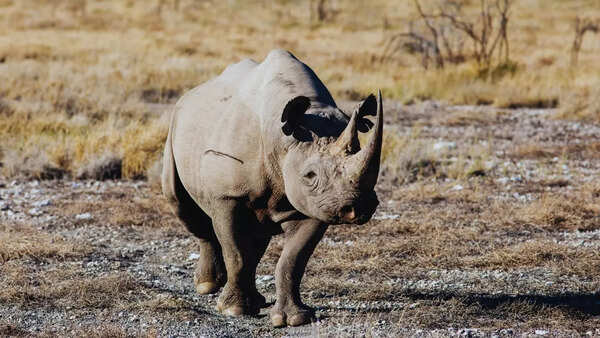
Black rhino in Namibia
Africa’s black rhinos were poaching magnets—down to 2,500 worldwide by the 1990s. Namibia flipped the script, arming local communities as rhino rangers through conservancies. Poaching plummeted, and by 2025, their numbers topped 2,000 in the wild, with Namibia hosting a third. In 1993, Namibia launched the Black Rhino Custodianship Programme, a bold move to save a species teetering on the edge by translocating black rhinos to private and communal lands, where farmers and conservancies step up as fierce custodians of their survival. Organisations like Save the Rhino Trust (SRT), the Ministry of Environment, Forestry and Tourism (MEFT), WWF, and the International Rhino Foundation (IRF), all worked together to pull these desert giants back from the brink.
Speaking of rhinos, one can’t forget Sudan, the last known male of the northern white rhinoceros, who died on March 19, 2018. The last two female northern white rhinos—Najin and Fatu, are the only ones from their species left on Earth. They are 35 and 24 years old respectively. If only things could change for them as well.
These wins aren’t perfect—vultures still dodge new drugs, elephants bump into fences, and lions need more space. But they’re real. From Gujarat’s lion prides to Namibia’s rhino patrols, it’s the kind of hope that sticks with you, long after the campfire’s out.
